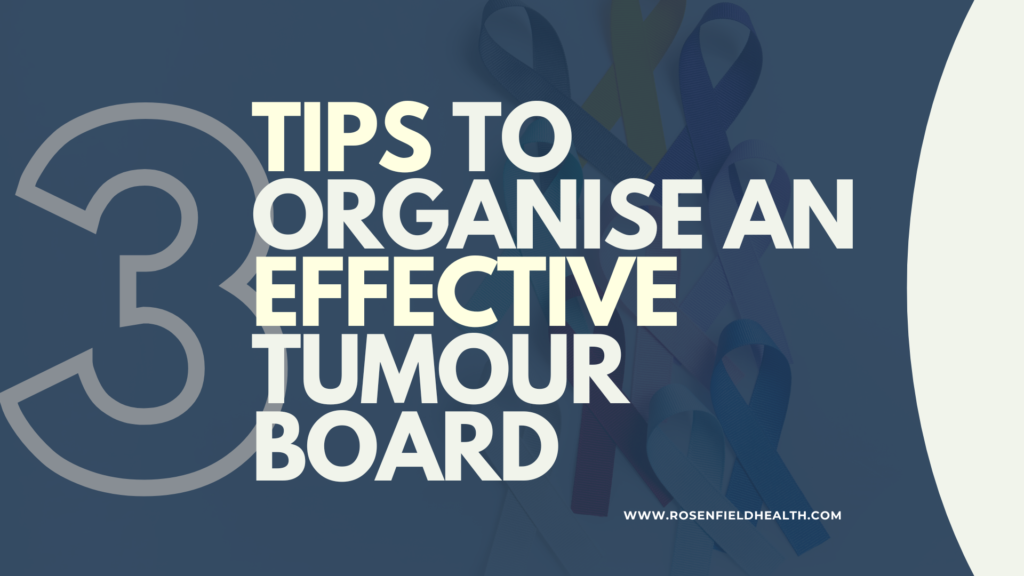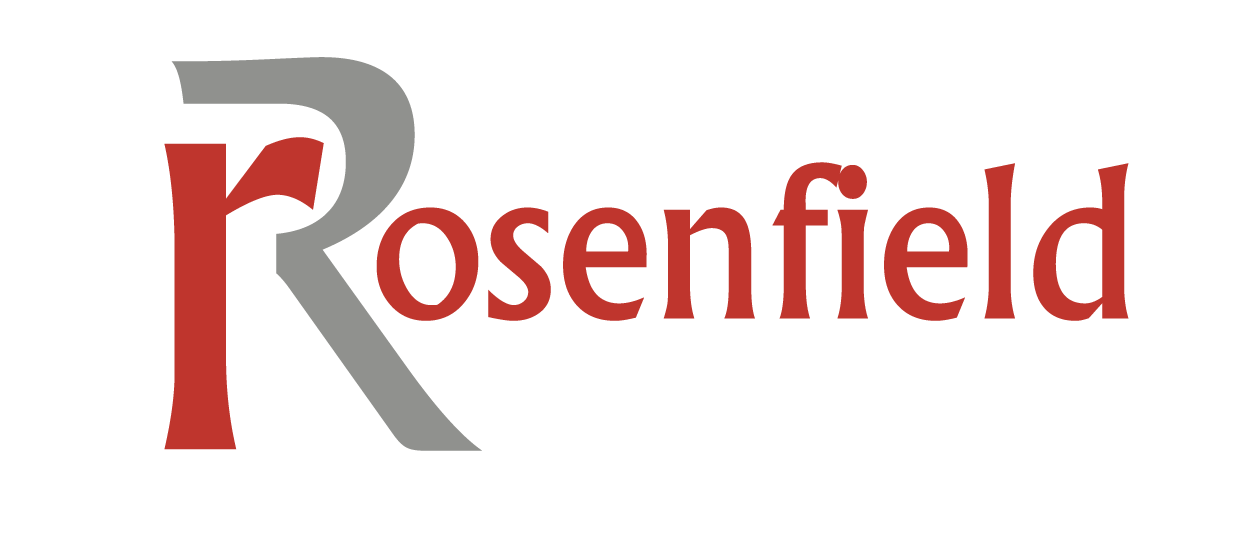Blog

Enhancing Cancer Care: 3 Tips to Organise an Effective Tumour Board
Introduction: As we mark World Cancer Month, it’s a timely reminder of the global impact of Cancer and the importance of effective collaboration in combating this disease. It’s important to reflect on the critical role that well-organised Tumour Board meetings play in enhancing cancer care efficiency. These multidisciplinary gatherings bring together healthcare professionals from various specialties to collectively review complex cases, discuss treatment options, and formulate comprehensive care plans for cancer patients. By fostering collaboration, innovation, and evidence-based decision-making, these Board meetings contribute significantly to improving patient outcomes and quality of life. In this article, we’ll explore three tips to organise Tumour Boards effectively and enhance cancer care outcomes.
1. Establish Clear Objectives and Agendas
Set clear objectives and agendas for each meeting to ensure focus and productivity. Define specific goals, such as reviewing diagnostic imaging, discussing treatment options, and developing individualised care plans.
2. Enhance Data Accessibility and Integration
Access to comprehensive patient data is crucial in discussions and decision-making. Integrate electronic health records (EHRs), imaging studies, pathology reports, and other relevant information into a unified platform. By centralizing data access, healthcare professionals can make more informed decisions, reduce duplication of efforts, and improve patient outcomes.
3. Ensure All Images Are Reviewed Prior to the Tumour Board
Comprehensive imaging studies are a cornerstone of cancer diagnosis and treatment planning. It is also one of the standards the RCR addressed in their recent article. To maximize the effectiveness of Tumour Board meetings, it’s essential to ensure that all relevant images are thoroughly reviewed beforehand. This includes radiographs, CT scans, MRIs, PET scans, and any other imaging modalities pertinent to the patient’s case. By meticulously examining these images prior to the meeting, healthcare professionals can identify key findings, gain a deeper understanding of the patient’s condition and save time during the meeting.
In today’s digital age, leveraging technology can significantly enhance the efficiency and effectiveness of Tumour Board meetings. With solutions like iCode MDT, healthcare professionals can streamline the entire process, from adding comments prior to the meeting to documenting patient data and treatment plans. By using iCode MDT’s intuitive platform, organizers can create customized agendas, assign tasks, and track progress seamlessly. Additionally, iCode MDT facilitates real-time collaboration and communication among team members, ensuring that everyone is on the same page and working towards common goals. Incorporating technology like iCode MDT into Tumour Board meetings not only saves time and resources but also improves overall outcomes for cancer patients.
Conclusion: Organising Tumour Boards effectively is essential in enhancing cancer care and improving patient outcomes. By fostering reviewing images, establishing clear objectives and enhancing data accessibility, healthcare professionals can maximize the impact of MDT meetings. Leveraging innovative solutions like iCode MDT further enhances collaboration, streamlines processes, and ultimately contributes to better cancer care delivery. Together, let’s continue to work towards a future where cancer is no longer a life-threatening disease, but a manageable condition with improved treatment options and outcomes.

